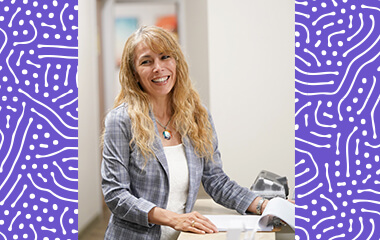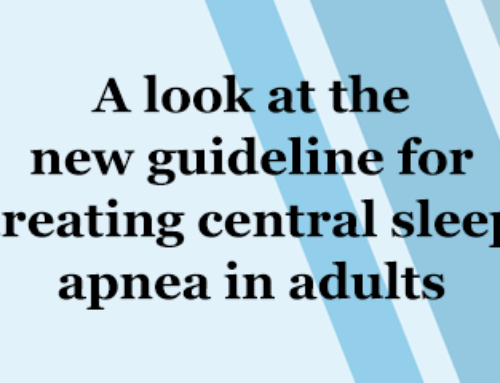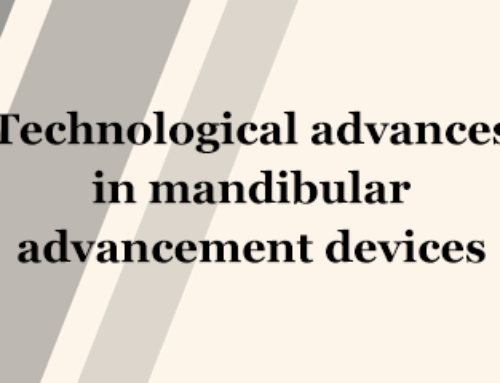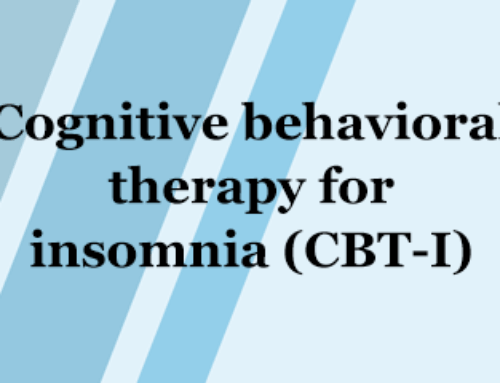By Lourdes M. DelRosso, MD, PhD
Restless sleep disorder (RSD) is a recently proposed pediatric sleep disorder characterized by frequent body movements during sleep that occur throughout the night. Although restless sleep has been identified as a symptom for many decades, research studies have not been unified in the methodology used to assess it. In fact, various studies in the past used questionnaires, subjective symptoms, and medical history, and few used actigraphy. In general terms, restless sleep has also been associated with other medical conditions and sleep disorders, such as obstructive sleep apnea (OSA) and restless legs syndrome (RLS). It wasn’t until recent years that RSD was proposed as a primary sleep disorder in children. Large muscle movements during sleep with frequent repositioning were confirmed by polysomnography (PSG) in children with RSD, statistically different from children without the disorder. The following are the most current points to consider when evaluating a child for restless sleep.
- A thorough history and physical exam are necessary when evaluating a child with parental concerns of restless sleep. Co-morbid conditions that could contribute to restless sleep need to be ruled out. These include eczema, asthma, and other sleep disorders such as OSA. It is important to recognize that some patient populations have been identified to be at a higher risk of RSD. Among these are children with attention-deficit/hyperactivity disorder, parasomnias, or seizure disorder. Children with RSD do not typically present with insomnia symptoms; therefore, the bedtime and total sleep time are usually normal, and there are no significant nocturnal awakenings. The diagnosis of RSD has been found in 7.7% of children referred to a large pediatric sleep center.
- The pathophysiology of RSD has not been elucidated completely, but some potential mechanisms can support the diagnosis, particularly iron deficiency. So far, all studies of children with RSD have supported the hypothesis of iron deficiency as a pathological basis, with treatment studies with iron supplementation improving the symptomatology of the disorder. Other supportive mechanisms include sympathetic activation and sleep instability as supporting factors for persistent movements and repositioning at night.
- Currently, the proposed diagnostic criteria for RSD require PSG demonstrating at least five or more large muscle movements per hour of sleep. The diagnosis also includes daytime symptoms, such as excessive daytime sleepiness, behavioral problems, inattention, or hyperactivity. The executive function that has been affected the most in children with RSD has been attention. Notably, children with RSD have been found to have low ferritin levels. It is important to remember that the studies that evaluated children with RSD were done in children between the ages of 6 and 18 years. The main reason younger children were omitted is that it is challenging to differentiate RLS or other contributors to sleep restlessness in them; however, this does not exclude younger children from possibly having RSD, and further studies need to be done to elucidate the prevalence in this age group.
- The identification of RSD brought up a significant void in the scoring rules for large body movements. There has been a lot of interest in the scoring of movements in the medical literature, but standardized criteria have been lacking. Currently, the scoring of a significant body movement is included only in the context of scoring a sleep stage; however, the importance of sleep quality and identification of restless sleep and sleep instability made it imperative to establish diagnostic criteria for large muscle movements. The International Restless Legs Syndrome Study Group has published guidelines for scoring large muscle movements that can be used to identify restless sleep disorder in children.
- Since all patients with RSD have been identified to have low ferritin levels, it was intuitive to start iron supplementation as a first-line treatment. Several publications have demonstrated the improvement in symptoms, both nocturnal and diurnal, with either oral or intravenous iron supplementation. I recommend iron supplementation for children with less than 50 ng/ml of ferritin. I recommend ferrous sulfate, 1 to 3 milligrams daily, for oral iron supplementation. Children who do not tolerate oral iron or have significant side effects should be offered intravenous (IV) iron supplementation. The most studied preparation is ferric carboxymaltose, administered at 15 milligrams per kilogram up to a weight of 50 kilograms. Above this weight, a fixed dose of 750 milligrams should be administered. The intravenous iron infusion is usually done in an infusion center, orders are given for precautions such as allergic reaction, and the parents should be informed of all the potential side effects, which include extravasation with skin discoloration, hypophosphatemia, elevated blood pressure, and headaches. Follow-up visits should be established between six and eight weeks after the IV iron infusion, and iron levels should be obtained.
In summary, restless sleep disorder is a newly proposed diagnosis in children who present with frequent movements during sleep associated with daytime symptoms of sleepiness, inattention, or behavioral problems. PSG is required to assess the diagnosis and rule out other secondary causes of restless sleep, such as OSA and periodic limb movement disorder. Treatment is focused on iron supplementation. Ferritin levels should be ordered to guide the management; oral or intravenous iron has been used successfully. RSD can adversely affect daytime functioning in children, and a high suspicion and early detection can have positive results and be life-changing for many children and families.
Lourdes M. DelRosso, MD, PhD, is a professor of family and community medicine at University of California San Francisco – Fresno.





